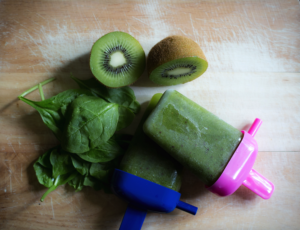Picky Eater Tip: Be Good Company
/When kids enjoy being at the family table, they’ll eat better. Period. This is a strategy for dealing with kids who are picky eaters (fussy eaters) that is amazingly powerful, yet seldom used. When the families whom I work with adopt this tip they love it. It immediately makes meal times way less stressful (for everyone). Everyone is freed up to enjoy the meal.
This strategy has the power to create the family meals for that you wish for. Yet, if you’re like most of the parents I meet, you feel that you need to be doing more to be good a good Mom or Dad. You’re under the impression that to do a good job of parenting your child around food, you need to cajole them into eating their veggies. To refuse allowing seconds of rice/noodles unless they take 2 more bites of their meat.
If this rings true for you, I have big news. You don’t have to be the food police. Your job is to plan, prepare, and provide meals and snacks. And, to join your child at the table to lead the way in creating a positive environment.
How to do this? Be good company. Have pleasant conversations. Yes, that includes having pleasant conversations with your partner too – your child doesn’t have to be the centre of your attention for every second of the meal.
What to talk about? Choose any topic except the food you’re eating. One of my favourites is to play good thing, bad thing. This game is also known by many other names. What it involves is everyone at the table taking turns telling about the best and worst things about their day. Even preschoolers love playing this game. And you’ll connect as a family.
No, this doesn’t mean that magically you’ll no longer be concerned about your child’s nutrition. It seems paradoxical, but the more you back off telling your children how many bites they need to eat, the better they’ll eat. Kids respond positively to you removing the pressure. Hunger motivates kids to eat. You don’t need to. When you follow this “be good company” strategy, it’s a weight off your shoulders and it’s empowering for your children.
When kids enjoy being at the family table, they’ll eat better. Period.
Get more successful picky eater tips. Sign-up for my e-newsletter today.


























